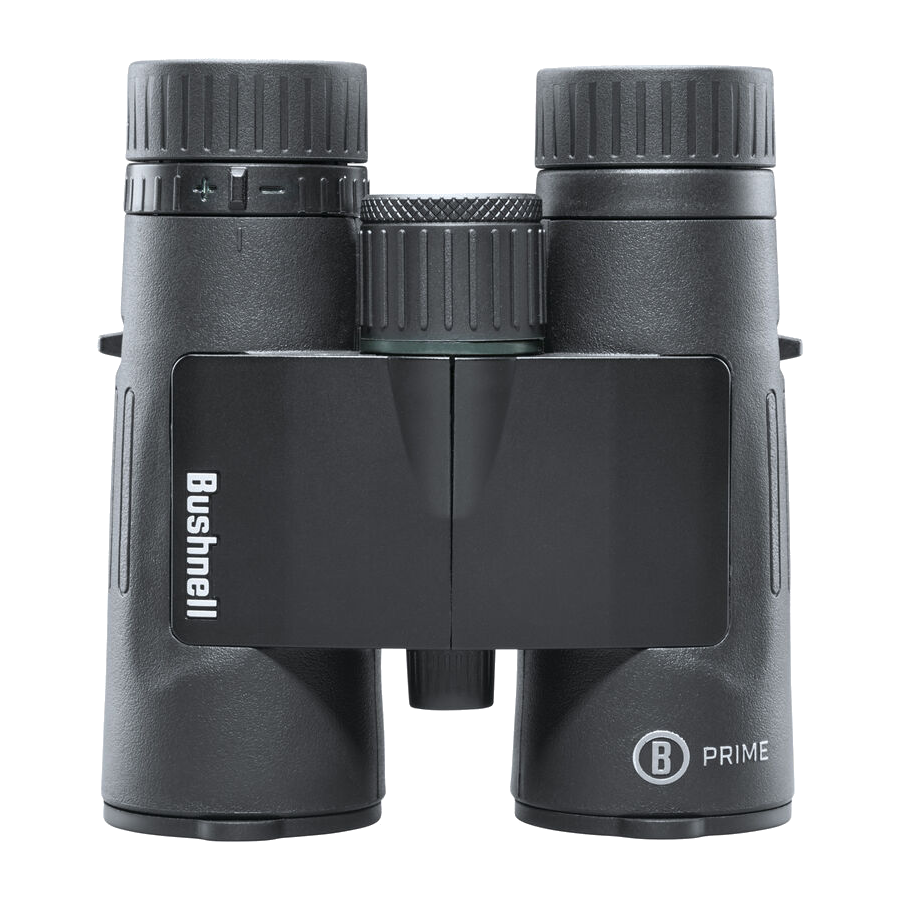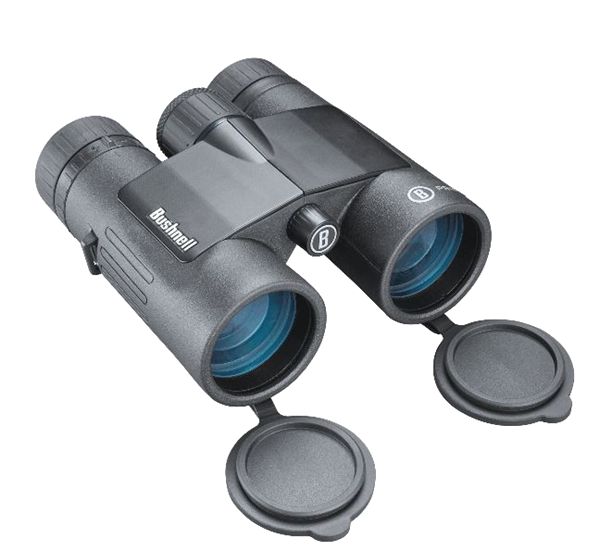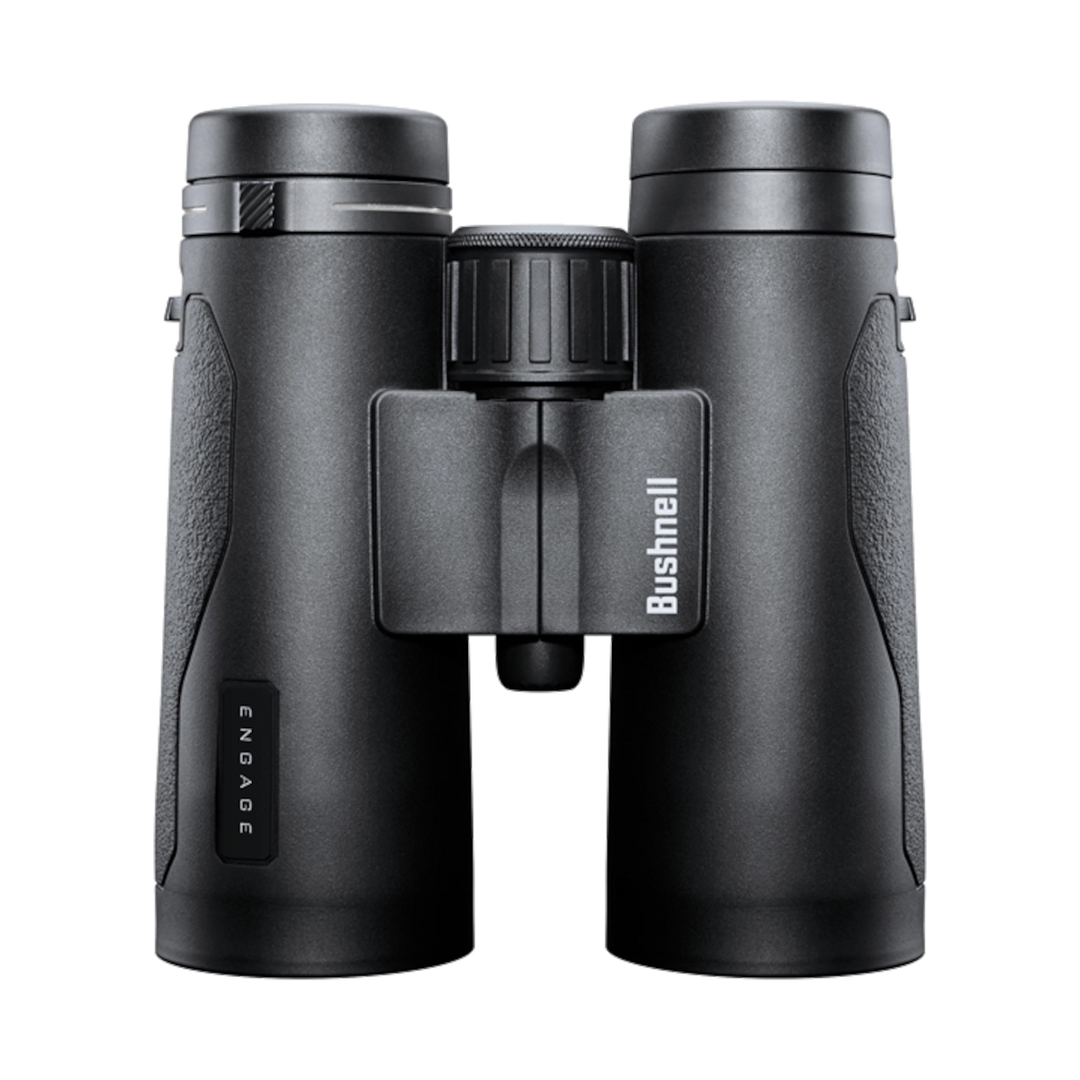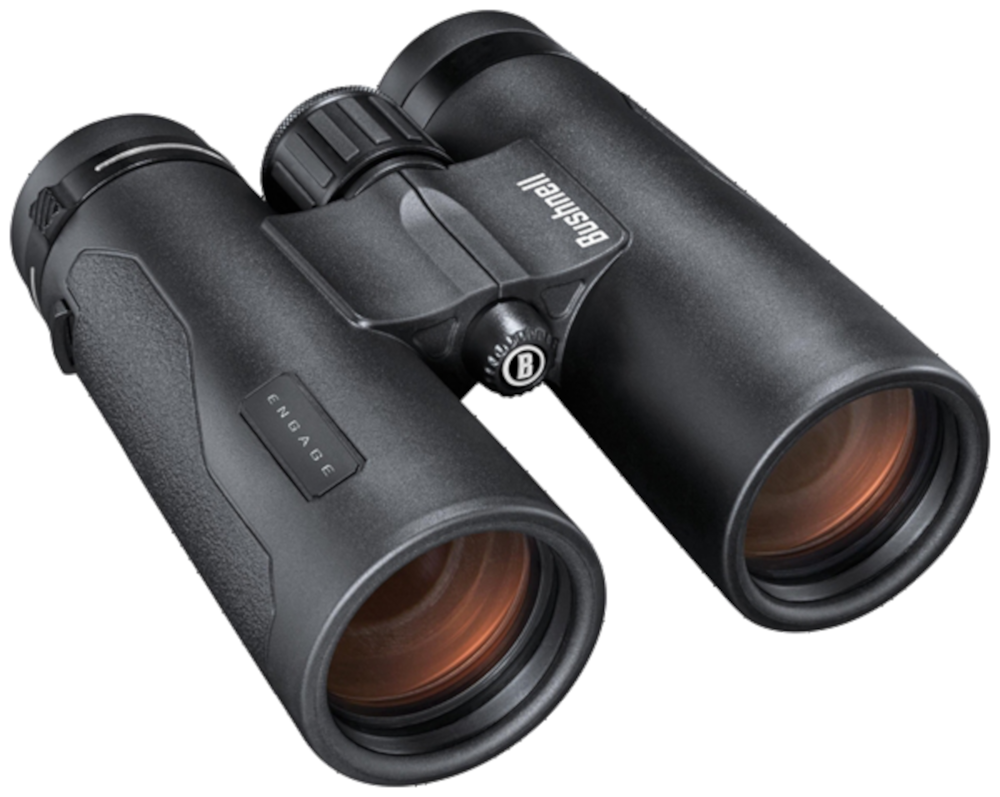Binoculars
Binoculars have long been crucial kit for any wildlife watching. They come in a huge array of shapes, sizes and prices - so we've been working hard behind the scenes to curate only the best for wildlife. You'll find a model suitable for different budgets and your level of interest or requirements.
Bushnell have long been specialist in nature optics - they're binoculars are incredibly well built, with long term warranties and the features you'd expect. It means you can get on with watching wildlife without worrying whether they'll do the job.
To navigate the complex world of binocular jargon and make an informed decision, check out our comprehensive explainer article that demystifies the terminology and helps you choose the ideal binoculars for your wildlife adventures.









